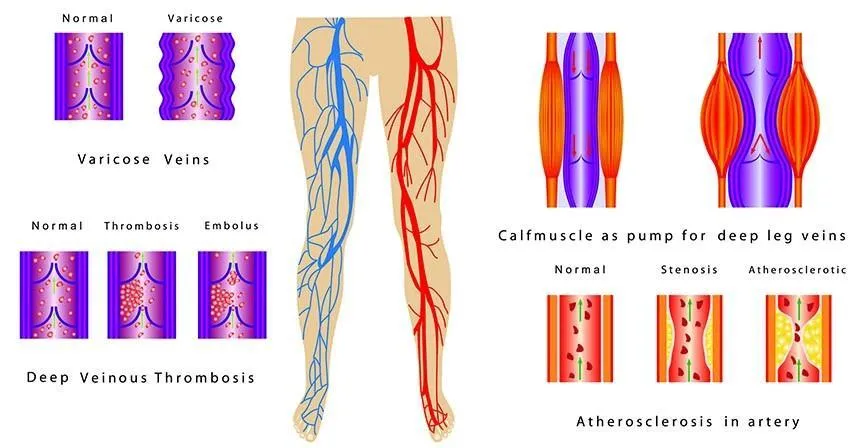- Home
- Scans for Women
- Scans for Men
- Msk
- Pregnancy
- Cardiovascular
- About
- Book a Scan
- Blog

Ultrasound imaging is a medical diagnostic technique where sound waves are being used to image various parts of the body.
Other terms for ultrasound imaging that are being used are sonograms, US and sonography.
Ultrasound is widely used these days as it is painless and safe to adults, children and foetuses. There are no side effects such as the ones associated with ionising radiation produced by CT and plain x-rays.
During the ultrasound scan, the sonographer rests a small probe over the skin. This probe produces sound waves i.e. pulsations that travel through your skin and inside your body. Part of the sound waves are being reflected back to the transducer and the computer analyses the returning echoes and produces the image on the screen. Medical ultrasonography uses the same principle as the sonar that the navy uses to detect submarines.
Ultrasound is being used to image mostly solid soft organs such as liver, kidneys, uterus and ovaries, muscles and blood vessels and babies in the womb. It has, however, limited value in organs such lungs, bone, stomach and bowel/colon.
Ultrasound images are black and white but colour Doppler is being used to evaluate organ blood flow and blood vessels and this is what the red and blue colours on the screen are.
Our private scan clinic specialises in diagnostic private ultrasound to provide you with quick diagnosis and the much-needed reassurance about your health, within a convenient location. The cost of a private ultrasound scan shouldn’t be prohibited when it comes to someone’s wellbeing. This is why our prices are competitive and affordable with no compromise to the level of care. The price you see is the price you pay with no hidden extras. We have hundreds of happy clients including GP’s, consultants, radiologists and midwives to name a few. We can conveniently book an ultrasound scan appointment via our online booking system or on the phone.
Our Sonographer, a Health Care Professional specifically trained to perform and understand the ultrasound scan images, will do your ultrasound and provide you with an ultrasound report that you can take it your doctor. Our sonographers will also discuss the results with you during and after your examination.
Our sonographers are advanced consultant practitioners with years of ultrasound scanning experience. They are fully qualified, registered with the HCPC, BMUS and SoR and work full/part time for the NHS and private clinics. On an average month, they perform more than 500 examinations and undertake regular CPD and other training activities to keep up with advances in ultrasound scanning technology. You can, therefore, you can rest assured that you are in good hands.
According to NHS Choices:
Each year, DVT affects around one person in every 1,000 in the UK.
Anyone can develop DVT, but it becomes more common over the age of 40. As well as age, there are also a number of other risk factors, including:
The combined contraceptive pill and hormone replacement therapy (HRT) both contain the female hormone oestrogen, which causes the blood to clot more easily. If you're taking either of these, your risk of developing DVT is slightly increased.
What are the limitations of DVT Ultrasound scan Imaging?
It can be hard to fully visualise the internal anatomy of large patients as the sound has further to travel and therefore the returning echoes are weaker
Veins lying deep beneath the skin, especially small veins in the calf, may be hard to see.
Venous ultrasonography is accurate for detecting blood clots in the veins of the upper leg (duplex ultrasound identifies 95% of the clots) but is less accurate in the calf veins, as the veins become very small. DVT ultrasound identifies up to 70% of calf vein DVT. Potentially dangerous venous clots are however typically found in the larger femoral veins and calf vein thrombi are less likely to break and travel to the lungs to cause pulmonary embolism
We are conveniently located in the heart of London, in Harley street just a few minutes’ walk from Oxford Circus station.
We offer same-day appointments in a clean and caring environment.
We have years of experience in medical ultrasound. Experience gained working for flagship NHS trusts alongside leaders in the field of diagnostic medical imaging including general ultrasound, urology, musculoskeletal, gynaecology, pelvis, testicular and vascular examinations. You can, therefore, be assured that your health is in good hands.
We have thousands of happy clients and five-star reviews on independent websites.